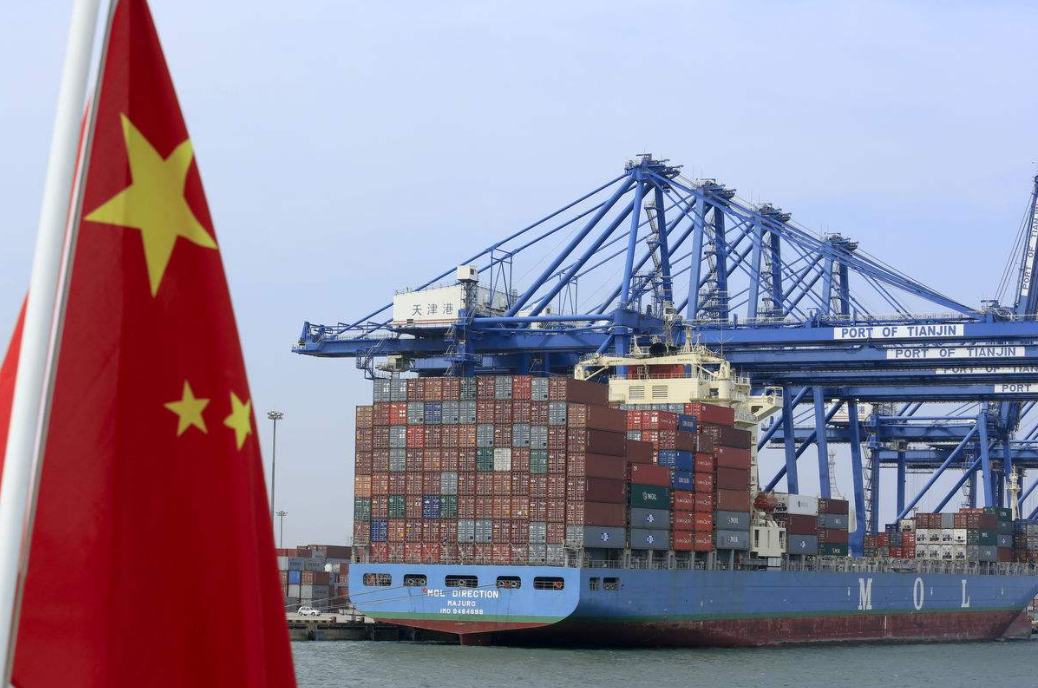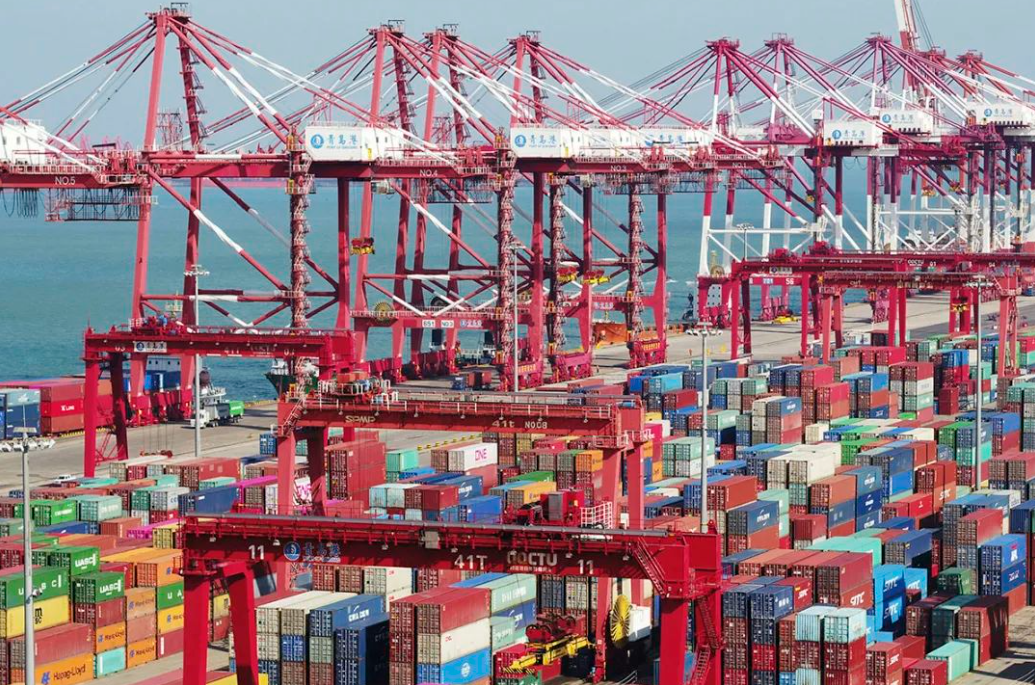
The rise of imports from China has been nothing short of transformative for global supply chains. Over the past few decades, China’s emergence as a manufacturing giant has reshaped the way products are sourced, produced, and distributed across the world. With its extensive manufacturing capabilities and competitive pricing, China has become a pivotal player in global trade. This article delves into the factors that have driven this rise, the impacts on businesses and consumers, and the future implications for global supply chains.
Historical Background of China’s Manufacturing Industry
China’s journey to becoming the “world’s factory” began in the late 20th century, following the implementation of economic reforms in the late 1970s. These reforms opened up the country to foreign investment, leading to a rapid expansion of its manufacturing sector. China’s abundant labor force, coupled with favorable government policies, attracted multinational companies looking to reduce production costs. Over the years, China has built a vast industrial infrastructure, making it the go-to destination for manufacturing a wide range of goods, from electronics to textiles.

imports from china
Factors Contributing to the Rise of Imports from China
Several key factors have contributed to the surge in imports from China. First and foremost is the country’s ability to produce goods at a lower cost than many other nations, thanks to its large labor pool and economies of scale. Additionally, China’s investment in infrastructure, such as ports and transportation networks, has made it easier to export goods efficiently. Trade agreements and partnerships with other countries have also played a role in facilitating the flow of goods from China to the rest of the world. Moreover, the Chinese government’s focus on developing high-tech industries has allowed the country to move up the value chain, producing more sophisticated products that are in high demand globally.
Impact on Global Supply Chains
The rise of imports from China has had a profound impact on global supply chains. Businesses around the world have benefited from access to a vast array of cost-effective products, enabling them to expand their offerings and remain competitive. This has led to increased globalization, with companies outsourcing production to China while focusing on other aspects of their business, such as marketing and innovation. The result has been a more interconnected global economy, where goods can be sourced from halfway around the world and delivered to consumers in a matter of days.

imports from china
However, the reliance on Chinese imports has also introduced new challenges, particularly when disruptions occur. Events like the COVID-19 pandemic highlighted the vulnerability of global supply chains, as factory shutdowns and shipping delays in China had ripple effects worldwide. Despite these challenges, the overall impact of Chinese imports on global trade has been overwhelmingly positive, driving down costs and increasing the availability of products for consumers.
Advantages and Disadvantages of Importing from China
Importing from China offers numerous advantages, the most significant being cost savings. Chinese manufacturers are known for their ability to produce goods at lower prices, which allows businesses to increase their profit margins or pass savings on to consumers. The wide variety of products available from China also means that businesses can find suppliers for almost any type of good, from simple components to complex electronics.

Importing electronics from China
However, there are also disadvantages to consider. Quality control can be a concern, as not all manufacturers adhere to the same standards. Additionally, the long-distance shipping involved in importing from China can lead to delays and increased transportation costs. There is also the potential for tariffs and trade barriers, which can affect the profitability of importing goods from China. Lastly, reliance on a single country for a significant portion of imports can create risks if geopolitical tensions arise.
Challenges Faced by Businesses Importing from China
Businesses that rely on imports from China must navigate a variety of challenges. Language barriers and cultural differences can complicate negotiations and communication with suppliers. Additionally, businesses must be vigilant about quality control, often requiring third-party inspections to ensure that products meet their standards. Intellectual property protection is another concern, as some companies have faced issues with counterfeit goods or unauthorized use of their designs.
Logistics is another critical challenge, with businesses needing to carefully manage shipping and customs processes to avoid delays. Furthermore, the political landscape can impact trade, with changes in tariffs or trade policies potentially affecting the cost and feasibility of importing goods from China.
Strategies for Successfully Navigating the Chinese Import Market
To successfully navigate the Chinese import market, businesses should develop strong relationships with reliable suppliers. Conducting thorough research and vetting potential partners is essential to ensure that they meet quality standards and can deliver on their promises. Utilizing third-party inspection services can help maintain quality control, while clear contracts can protect intellectual property and set expectations for both parties.
Leveraging technology, such as supply chain management software, can also help businesses monitor shipments and manage logistics more effectively. Additionally, staying informed about changes in trade policies and tariffs is crucial for making strategic decisions regarding imports from China.
The Role of Technology in Facilitating Imports from China
Technology has played a vital role in facilitating the import process from China. Online platforms like Alibaba have made it easier for businesses to connect with Chinese suppliers, compare prices, and place orders. Supply chain management tools enable companies to track shipments in real time, ensuring that products arrive on schedule. Furthermore, advancements in automation and artificial intelligence are streamlining customs processes, reducing delays, and lowering costs associated with importing goods from China.

Alibaba
Case Studies of Businesses Benefiting from Imports from China
Many businesses across various industries have reaped the benefits of importing from China. For instance, the consumer electronics industry has flourished thanks to China’s ability to produce high-quality components at competitive prices. Companies like Apple have leveraged China’s manufacturing prowess to produce their products efficiently and at scale. Similarly, the fashion industry has benefited from China’s expertise in textile production, allowing brands to offer a wide range of clothing and accessories at affordable prices.
The Future of Imports from China and Its Implications for Global Trade
The future of imports from China remains bright, with the country continuing to play a crucial role in global supply chains. As China’s manufacturing capabilities evolve, the range of products available for import will likely expand, offering even more opportunities for businesses worldwide. However, companies must remain vigilant in navigating the challenges associated with importing from China, from quality control to geopolitical risks.
In conclusion, the rise of imports from China has revolutionized global supply chains, offering both opportunities and challenges for businesses and consumers alike. As the global economy continues to evolve, China’s role as a manufacturing powerhouse will undoubtedly remain a key factor in shaping the future of international trade.













